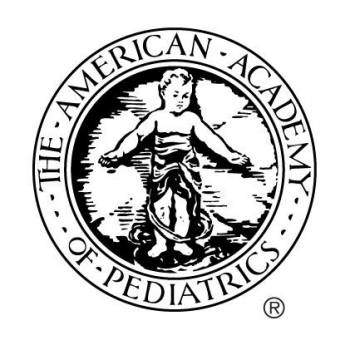
Elk Grove Village, IL—(ENEWSPF)—March 20, 2017. The U.S. consumes the majority of the world’s prescription opioid supply, and studies show this is a growing trend. One consequence is an increase in the non-medical use of opioids, and related emergency department visits and overdose deaths. A study funded by the National Institute on Drug Abuse, “Trends in Medical and Nonmedical Use of Prescription Opioids among US Adolescents: 1976-2015,” published in the April 2017 issue of Pediatrics (published online March 20), found a strong correlation between medical and non-medical opioid use among adolescents, particularly boys. For those who had abused the drugs, they were generally prescribed opioids by a doctor first.
Researchers examined results from the Monitoring the Future study, a cross-sectional, nationally representative sample of U.S. high school seniors attending approximately 135 public and private schools from 1976-2015 and found one-fourth of high school seniors self-reported medical or non-medical use of prescription opioids and most adolescents who report non-medical use of opioids have a history of medical use of prescription opioids. The study revealed a recent decline in non-medical use of prescription opioids that coincides with similar declines in medical use, and researchers are hopeful these declines are due to enhanced vigilance in prescribing opioids that will lead to a reduction in opioid-related consequences.
Researchers concluded that due to this correlation between prescription and non-prescription opioid use in adolescents, health professionals who prescribe opioids to adolescents should be concerned, but that more research is needed to examine the associations between medical use of prescription opioids, non-medical use, and opioid use disorders over the lifespan.
EDITOR’S NOTE: A related commentary on opioid use, “Clues to the Opioid Crisis in Monitoring the Future but Still Looking for Solutions,” is also being published in the April Pediatrics.
###
The American Academy of Pediatrics is an organization of 66,000 primary care pediatricians, pediatric medical subspecialists and pediatric surgical specialists dedicated to the health, safety and well-being of infants, children, adolescents and young adults. For more information, visit www.aap.org and follow us on Twitter @AmerAcadPeds.
Source: www.aap.org









